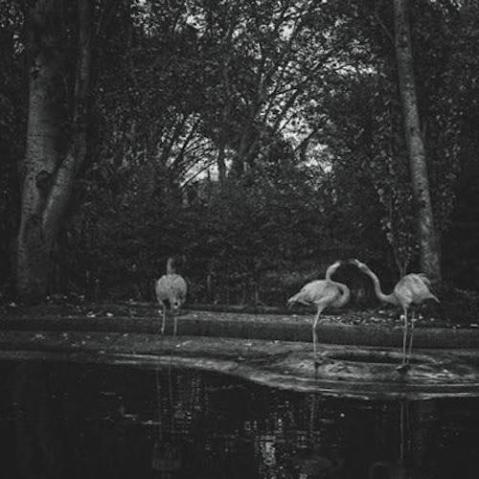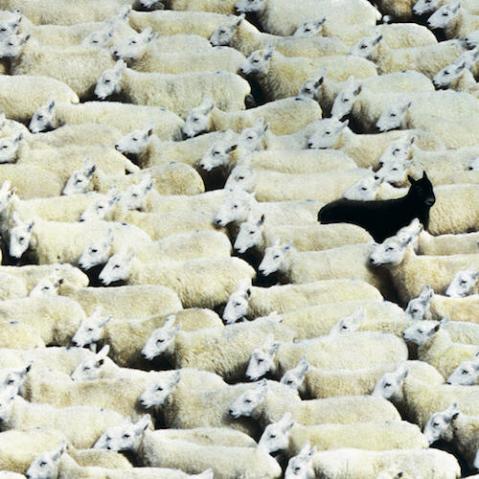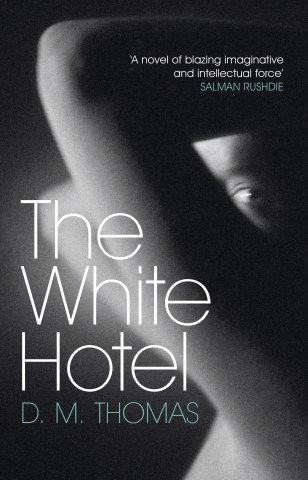Viewpoint and composition for landscape photography
Choosing the right viewpoint and composition is essential for producing landscape images that stand out from the rest.

For most locations there will be multiple options. Rather than choosing one single viewpoint and composition, shooting, and then going home, it is common practice for landscape photographers to try to maximise the photographic potential at every spot they visit, which means shooting several different compositions of the same scene. It simply does not make sense to travel to a beautiful location, which may involve an overnight stay, an early start, hiking, travel to and from the location, to only shoot one viewpoint.
Furthermore, it may be that what appeared to be the best composition at the time, might look relatively disappointing back home on the computer. So shooting a variety of shots makes perfect sense in order to cover all bases. It also maximises the chances that one of the viewpoints will turn out to be unusual or, even better, unique. The landscape photographer’s motto should always be: Work the location.
The photographic potential of any location is limited only by your imagination. A typical landscape shooter’s backpack will consist of a variety of lenses—from wide to telephoto and often including a macro, or close-up—in order to capture the multiple possibilities, in terms of viewpoint and composition, offered by any location. But even with a single focal length lens, such as a standard (50mm) simply altering the viewpoint, by shooting from close to the ground or from high above, or from a different spot, will provide multiple versions of the same scene.
When composing landscape features, a slight change of viewpoint or in the direction of the camera may provide images with a significantly different mood and feel. For example, the sky may be azure blue in one direction, but building up ominously in the opposite horizon. If water is present, a certain viewpoint may provide reflections of the sky or surrounding environment, while an alternative spot may emphasise the depth and richness of the water’s colour.
 Wide and bright
Wide and bright
If the location is particularly large in scale, such as, say, a mountain lake or bay, simply spending the necessary time walking around the location will also offer up hitherto missed shooting viewpoints and composition; for example, shooting close to the shore of the lake with rippling waves in the foreground and the hills in the background, or a high vantage point from the hills overlooking the lake and the wider scene are two very different interpretations of the same spot. As Ansel Adams, once said: The art of composing landscape photographs is simply about choosing where to stand.
 Normal and elevated
Normal and elevated
Consider what the main subject is for each viewpoint or composition. Is it the meadow flowers in the lush valley field, or is it the mountain range in the background? Is it the crimson cloud formations of a mackerel sky at dusk, or is it the hilltop castle in the foreground? Altering the subject, by experimenting with viewpoint, composition, focal point, focal length, and so on, will create very different images from the same location.
 Close-up and tight
Close-up and tight
Experiment with different compositions from the same spot, by simply altering the direction of the camera. For example, composing using the rule of thirds allows you to place the horizon on the lower third (emphasising the sky) or on the upper third (emphasising the foreground). Alternatively, throw out the composition rule book and experiment with composing the focal point—which may be a mountain peak, a castle, a tree, a lake, and so on—at different points within the frame. Which composition works best, or portrays the intended interpretation, mood or meaning of the image?
When including foreground elements experiment with different camera heights. For example, is the composition more balanced from a slightly higher perspective, with the camera pointing slightly down to emphasize the foreground subject, or from lower down with the foreground elements appearing almost close enough to touch? Also take care not to obscure elements deeper into the scene; ideally, foreground, middle-ground and background elements should be clearly separated in the final composition, as overlapping or partly obscured features can ruin an image, making it appear messy and rather ill-considered.
Orientation of the camera will also change the composition and feel of the image; it will also give picture buyers, such as magazine picture editors, more options—consider the fact that a magazine cover is usually in the vertical format, whereas a double-page spread can only really work in the horizontal orientation. Commercial considerations aside, the orientation of the camera will alter the image significantly, even when a vertical and horizontal shot are taken from exactly the same spot.
Altering focal length—using a zoom lens, or by switching from wide to telephoto—will also provide completely different shots, adding variety to your portfolio and maximising commercial potential. For example, a certain composition at the sunrises may appeal to a fine art audience, while a wide vista shot from a higher vantage point an hour or so later might be ideal for picture editors or for stock library use.
If the effort has been made to visit a location, there is no excuse to take one composition and then head home. Maximise the potential of each location by shooting a variety of viewpoints and compositions. Most of all, have some fun!
Essential reading material for an irresistible subject, Photo School: Landscape, by Michael Freeman and Gary Eastwood is packed with stunning landscape from around the world and full of tips an techniques to improve your photography. Get motivated by numerous and specific shooting challenges, and be inspired by sample work from fellow photography students, with critical evaluations of the results to improve your understanding of the core concepts.
 Photo School: Landscape
Photo School: Landscape
Michael Freeman and Gary Eastwood
Buy it now!
RRP for print edition: £17.99





